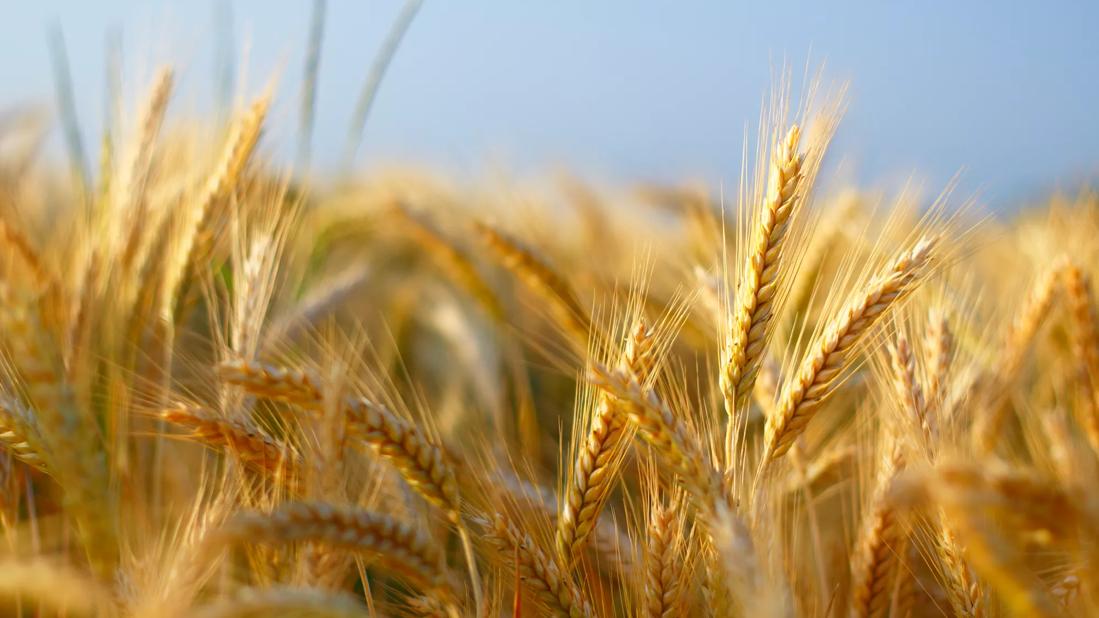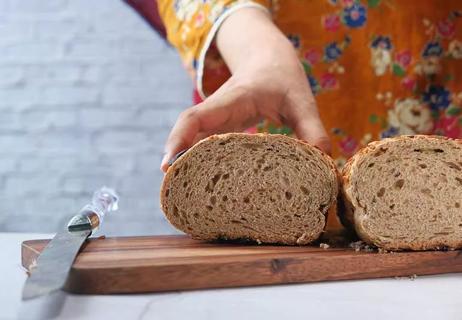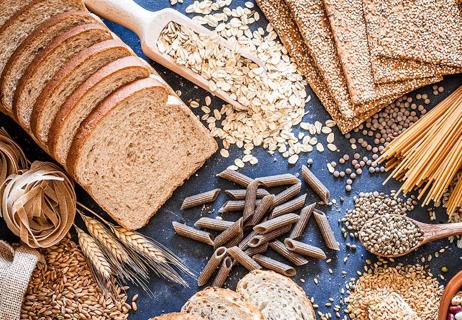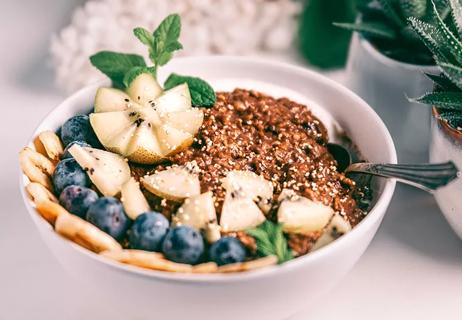Eating this grain could help keep tabs on your appetite and protect against diabetes and cancer

Humans have been eating barley for thousands of years, and for good reason. Nuttier than oats, chewier than rice and chock-full of super-healthy nutrients, this grain deserves a regular spot in your diet.
Advertisement
Cleveland Clinic is a non-profit academic medical center. Advertising on our site helps support our mission. We do not endorse non-Cleveland Clinic products or services. Policy
Registered dietitian Beth Czerwony, RD, LD, highlights the biggest benefits of barley.
Barley contains high amounts of several vitamins and minerals — but its fiber content is where it really stands out. Barley has a special kind of fiber called beta-glucan. Studies show this type of fiber can:
A half-cup serving of hulled barley contains:
Barley is also an excellent source of vitamins and minerals. In terms of your percent daily value (DV), you get:
When you enjoy barley as part of a healthy diet, you set yourself up to reap these potential benefits:
Foods that are low in fiber and high in sugar usually cause a quick spike in your blood glucose (sugar). Your body responds to this sugar spike by releasing insulin, a hormone that brings your blood sugar back down. Over time, this repeated process can lead to diabetes — but barley can help break the cycle.
“Eating barley helps your gut absorb sugar more slowly,” explains Czerwony. “You avoid that fast sugar rush and insulin release. No food can guarantee you’ll never get diabetes, but eating barley is a great way to help lower your risk.”
Advertisement
And there’s research to back this up. One study found that people who ate barley had lower glucose and insulin levels after their meal, compared to those who ate other grains. Another study showed that post-meal blood glucose was lower in people who consumed beta-glucan compared to those who didn’t.
Barley isn’t a low-calorie food, but eating some could still help you achieve your healthy weight goals.
“Barley can help you feel less hungry because it’s high in fiber and protein,” says Czerwony. “Both of these nutrients help you feel full and stay full. Barley sticks with you much longer than processed grains, which digest quickly and leave you feeling hungry again.”
And if you’re up for trying some barley grass juice, it could also be a potential weight loss aid. One study on rats found that those who consumed barley grass juice had a decrease in body weight after two months.
Barley has anti-inflammatory and immune-boosting effects, which could help prevent some types of cancer. It contains vitamin E and polyphenols. These nutrients stop oxidation, or cell damage, that can lead to tumor growth.
“A diet rich in fruits, vegetables and whole grains has anticancer effects,” says Czerwony. “And some research shows that the nutrients in barley could also help prevent breast cancer.”
Barley has a generous amount of soluble fiber, which is great for keeping your digestion running smoothly. And soluble fiber has another lesser-known benefit — it’s food for your gut.
“A healthy gut has a balance of bacteria and other organisms that play a key role in your immune system,” explains Czerwony. “Barley contains prebiotics that feed these organisms in your microbiome so they can keep you healthy.”
Heart disease is the No. 1 killer of adults in the U.S. But you can help prevent it by eating heart-healthy foods each day, including barley.
“Beta-glucan helps lower unhealthy cholesterol levels, which could prevent plaque buildup in your arteries that leads to heart attacks,” Czerwony notes. “Some research also suggests that eating barley could lower blood pressure, which is a major factor in heart disease.”
Not sure you want to eat a bowl of barley? You could try drinking barley water or making barley tea. Barley water is cooking water that has been used to cook barley. You can strain out the grains before drinking it, or leave them in.
“Many people claim that barley water will detoxify your body,” says Czerwony. “It contains fiber that helps clean out your digestive tract, but it doesn’t have any special detox abilities. That said, unstrained barley water contains the same fiber and nutrients you get from eating barley, so it’s definitely a healthy choice.”
Advertisement
And barley tea provides some nutrients as well, but probably not as much as barley water. “When you make tea, you remove the tea bag, so you’re not consuming as much barley,” explains Czerwony. “But if you enjoy barley tea, you’re still getting some of its vitamins and minerals.”
So, when it comes to barley water or tea vs. eating barley, go with your preference. But don’t expect miracle cures — and avoid consuming excessive amounts of any of them. All that fiber could cause uncomfortable bloating, gas or diarrhea.
Most people can safely eat a serving of barley or drink some barley water several times a week. But like any food, moderation is best. You need a variety of nutrients from different foods, so don’t focus on just one. And keep in mind that barley is high in calories, so you may want to account for that if you’re trying to lose weight.
Not everyone should belly up to the barley bar. Barley, barley water and barley tea contain gluten. If you have celiac disease or gluten intolerance, steer clear. And some people may be allergic to barley, but this isn’t a common allergy.
Not sure how to make barley a part of your diet? The simplest way is to cook it like oatmeal and have a bowl for breakfast. Toss some fresh or frozen berries on top for sweetness.
Advertisement
This grain also works well in savory dishes, including:
“Barley is a great substitute for less healthy grain choices, like white bread or refined, sugary cereal,” highlights Czerwony. “But it’s not the only healthy grain out there. Oats are also full of nutrients, as well as quinoa and forbidden rice, to name a few.”
Whether you jump on the barley bandwagon or not, remember that variety is the spice of life — and your diet.
Advertisement
Learn more about our editorial process.
Advertisement

A whole grain, sorghum is chock-full of antioxidants and nutrients that boost energy, support a healthy immune system and more

Options like almond, oat and coconut flours offer a decent amount of protein and fiber

Sourdough can be healthier than some other bread choices — but that doesn’t give it ‘health food’ status

Made from sprouted whole grains and legumes, it’s low calorie and full of fiber and protein

A diet rich in whole grains improves gut health, protects your heart and may reduce cancer risk

Move over oatmeal! It’s time to make room at the table for these grain options

No longer forbidden, this rice is more nutritious than other types

The answer is clear, but there are factors to consider

Babies can get congested easily, but you can calm their cough by keeping them hydrated, using nasal drops and running a humidifier

Weight loss may cause loose, sagging skin and muscle loss to your rear

Several conditions, like vitiligo and fungal infection, can cause a loss of pigmentation, leading to white spots or patches on your skin